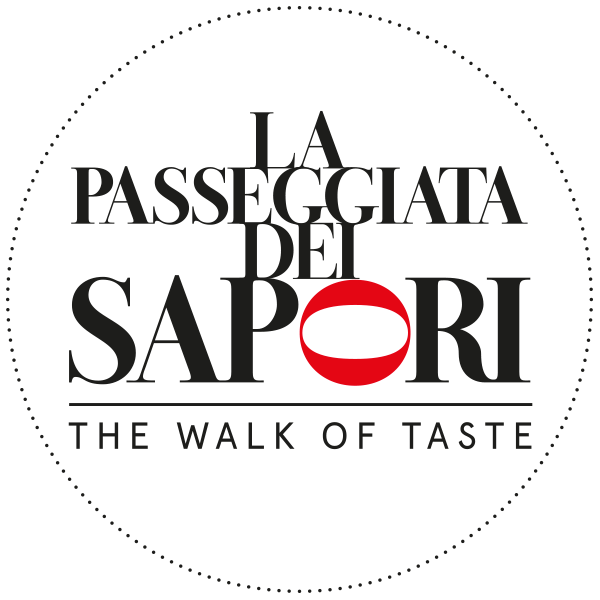Pantries and food-laden tables
During the 17th century, the food-laden table theme became increasingly common in Europe, particularly through the paintings of the Dutch school. It was a subject that was greatly appreciated by the high bourgeoisie, which also asserted its social role through the commission of works with profane subjects, such as still lifes, in which foods convey moralizing messages, admonitions about the brevity of human existence, and recommendations about the right conduct in life.
One such example is the painting by Peter Claesz (1597-1661), one of the main exponents of the Dutch Golden Age. The scene, dating from the 1640s, is solemn and dominated by the extraordinary balance of the objects, which are arranged in a rarefied atmosphere: the abundance of food is tempered by a sobriety – shown by the römer, a small glass with prunted stem, the jug and the pewter dishes – that is in keeping with the simplicity of life preached by Calvinism, while the food refers to the symbolism of the Eucharist and Redemption.
The Neapolitan Giuseppe Recco (1634-1695) painted in the 1670s a still life of fish fresh off the boat: the silvery, gleaming scales still look wet, and the seaweed and sea lettuce serve to underline the freshness of the fish, expertly arranged on the shelf and ready to be cooked in the copper pot. As often happens in still lifes, a genre used mostly to decorate dining rooms, the great attention to realistic representation and to the artist’s mimetic ability seems to be striving to involve not only the viewer’s sight, but also other senses, such as smell and taste. The subject depicted by Giuseppe Recco declares its proximity to a marine environment, just as the paintings by Felice Boselli (1650-1732) – an artist who was born in Piacenza and moved to Parma around 1671 and worked mainly on commissions from local noble families – are closely tied to the countryside, more specifically the Po Valley countryside. In his works the abundance and variety of foods, game, offal, fish, vegetables, and cheese are closely connected with the rural economy of the Emilia region and combined in exuberant compositional arrangements. In his two large canvases, which can be dated to the 1680s-1690s, there is a prevalence of autumnal foods, linked to the observance of meatless days: thus we see vegetables, mushrooms, fish and a wedge of Parmesan cheese. In one painting, the background of an old dark wall, and the window open to let the air in, clearly point to a pantry; in the other one, foods with a full, solid appearance are skilfully arranged in an opulent composition.
The celebration of wealth through the display of such abundance reflects the wisdom of the administrator of productive lands and implies an apotropaic function: the wish for nothing to be ever missing from the table.
Palazzo Bossi Bocchi is open to the public during temporary exhibitions, on Tuesday and Thursday afternoons (3:30pm-6pm) and all-day on Sunday (10am-12:30pm and 3:30pm-6pm) from March to the end of May and from September to mid-December.
Admission to the museum is free.
Advance booking is required for groups (museo@fondazionecrp.it).
There is disabled access throughout the museum with ramps and lifts.
Within the opening hours of the museum, the Foundation offers educational activities in the context of the “School in the museums” project, as well as lectures, guided visits and conversations about art inspired by the diverse art collections displayed in Palazzo Bossi Bocchi.
